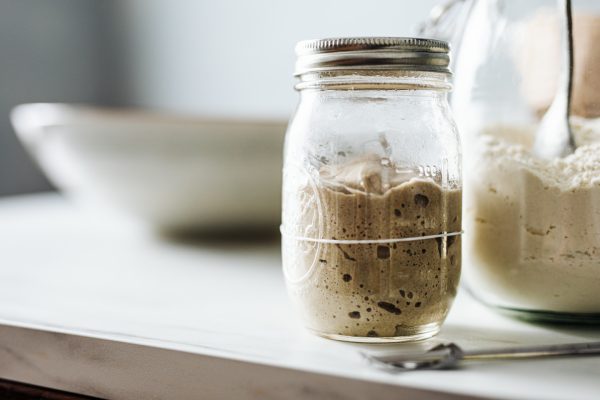
Originally published in the March/April 2015 issue of Zymurgy magazine. [Editor's Note: The following is an excerpt from Malt: A Practical Guide from Field to Brewhouse by John Mallett, published by Brewers Publications in 2014.] Like stock creates the base of every great soup, malt provides several key attributes that define beer as we know it, including color, flavor, body, and, eventually through fermentation, alcohol. When formulating the malt bill for a beer, a brewer should take each of these factors into consideration. Grain bills vary widely; some may utilize only one type of malt while others call for complex combinations. Flavor Throughout my years of brewing with Bell’s, Old Dominion, and Commonwealth Brewing, I have had many discussions about malt and its contribution to beer flavor. Beer drinkers often have differing opinions as to what defines “malty” flavor.…
Access premium member content for $4.99/month. Join Now
Access premium member content for $4.99/month
Join for $4.99Already a member? Login here



